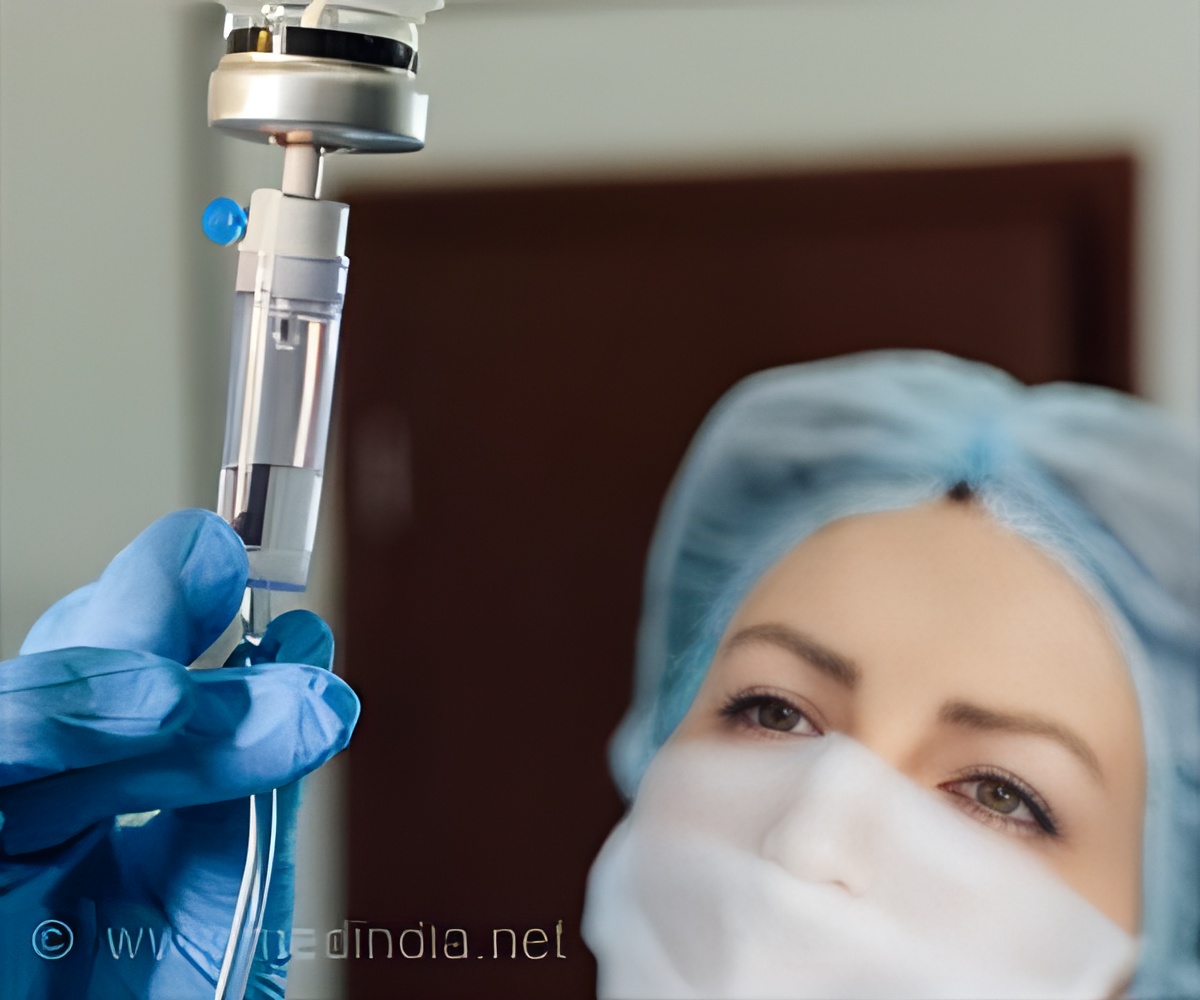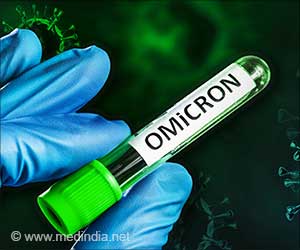
‘A novel monoclonal antibody Ab1 for neutralizing the COVID-19 virus has been identified. The antibody is all set to enter human clinical trials by January 2021, after its promising results in treating COVID -19 in animal analogues.’
Tweet it Now
The human body contains up to 10 billion different antibodies at any given point. With years of effort, Senior author Dimiter Dimitrov, Ph.D., director of Pitt's Center for Antibody Therapeutics (CAT), and his team have mastered making a diverse antibody library that contains a total of 1 trillion human antibodies – large enough to contain effective antibody against any pathogen. Without this rapid method, identifying antibodies that neutralize SARS-CoV-2 from COVID-19 recovered patients would have been time-consuming.Dimitrov's team used a virus's receptor-binding domain – part of the spike protein that attaches to human cells, as a target, for developing multiple libraries of monoclonal antibodies. The team had already demonstrated during the SARS outbreak in 2003, that virus's receptor-binding domain serves as a focal point to attract potent neutralizing antibodies.
"We found our monoclonal antibody in under a week in February, which validated how well our panning methods work. This will save precious time in getting antibody therapy into people the next time a deadly virus emerges." – added Dimitrov.
Ab8 — another potent antibody on par with Ab1 development was isolated last month by Wei Li, Ph.D., and assistant director of the Center for Antibody Therapeutics. Being comparatively smaller-sized it is considered to be administered subcutaneously or through inhalation, thereby generalizing its use.
Source-Medindia













